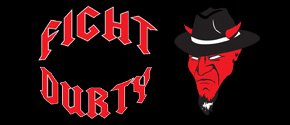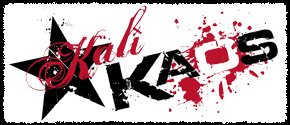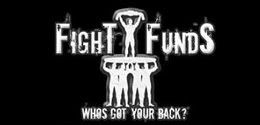The Evolution of MMA
 During the days of the first UFC events, fighters wanted to find out which discipline was superior. Most of the fighters went into the cage with the knowledge of only one discipline. One of the most noteworthy examples is UFC Hall of Famer, Royce Gracie. The Gracie family put jiu-jitsu into the mainstream and MMA would not be where it’s at today without them.
During the days of the first UFC events, fighters wanted to find out which discipline was superior. Most of the fighters went into the cage with the knowledge of only one discipline. One of the most noteworthy examples is UFC Hall of Famer, Royce Gracie. The Gracie family put jiu-jitsu into the mainstream and MMA would not be where it’s at today without them.
In his early days, Gracie popularized Brazilian Jiu-Jitsu in his bouts in the UFC. He became famous for defeating opponents much larger than him and holds the most submission victories in UFC history with 11. Back then, there was no other fighter in the sport who had an upper hand on Gracie once the fight hit the mat. Because of that, Gracie knew all he had to do was take the fight to the ground.
Many fighters come into the sport with years of experience in one type of combat. Then, throughout their training camps and fights, the fighter will pick up on other techniques that will help them become an all around mixed martial artist. Royce Gracie’s one-dimensional style that made him famous proved to be ineffective in his comeback fight at UFC 60 against then Welterweight Champion, Matt Hughes. In the fight, Hughes was able to hold his own in the stand up and eventually took the fight to the ground. Despite the advantage Gracie had on the ground, Hughes was able to control the fight and even secured an armbar on the jiu-jitsu legend. In the end, Hughes used his strength and size advantage to win the fight by TKO.
Another notable example of a man who has stuck to one discipline and had success is Mirko Cro Cop. Cro Cop began his fight career in K-1 as a kickboxer in 1996. After much success, he took on new challenges in Pride. Within the organization, Cro Cop became famous for his head kick knockouts and was famously quoted as describing his kicks as, “Right leg, hospital; Left leg, cemetery.” By 2006 he became the Pride Openweight Grand Prix Champion. Since becoming a part of the UFC, Cro Cop has had little success with the adjustment from fighting in a ring to fighting in a cage, his main weakness being his ground game. Cro Cop hopes to stay on the winning track when he takes on Pat Barry at UFC 115.
The transformations of Josh Koscheck and Rashad Evans are similar and both end on a more positive note. Koscheck was a standout wrestler during his four years at Edinboro University of Pennsylvania and used that experience to his advantage during his time on season one of TUF. Evans, a former Michigan State Spartan, followed the same path during season two of TUF. Both Koscheck and Evans took their fighting abilities to new heights in the UFC, changing from one-dimensional fighters to knockout artists. Evans scored the biggest win of his career when he knocked out Hall of Famer Chuck Liddell in devastating fashion. Koscheck’s most impressive knockout was over Yoshiyuki Yoshida. Though both men have asserted themselves as complete mixed martial artists, they both know the importance of their wrestling backgrounds and have resorted back to those skills in their recent wins. Evans put on an impressive performance over Thiago Silva at UFC 108 when he was able to tire out Silva with his takedowns and kept busy on his feet. Koscheck was able to eliminate Paul Daley’s superior standup by continuously taking him down and out-wrestling him in their fight at UFC 113. Koscheck will be taking on Georges St. Pierre later this year in a fight that puts two of the best wrestlers in the world against each other once again, but this time for the Welterweight Championship. Evans will face off against Quinton Jackson this weekend at UFC 114 in a grudge match for the ages.
As the sport of MMA continues to grow, the fighters will too. The level of skill each fighter possesses will get higher and higher. At some point very soon, no fighter will be able to have any success in the sport as a one-dimensional athlete. Each and every fighter will need to learn all aspects of the game to become the best.








































































Greeat article